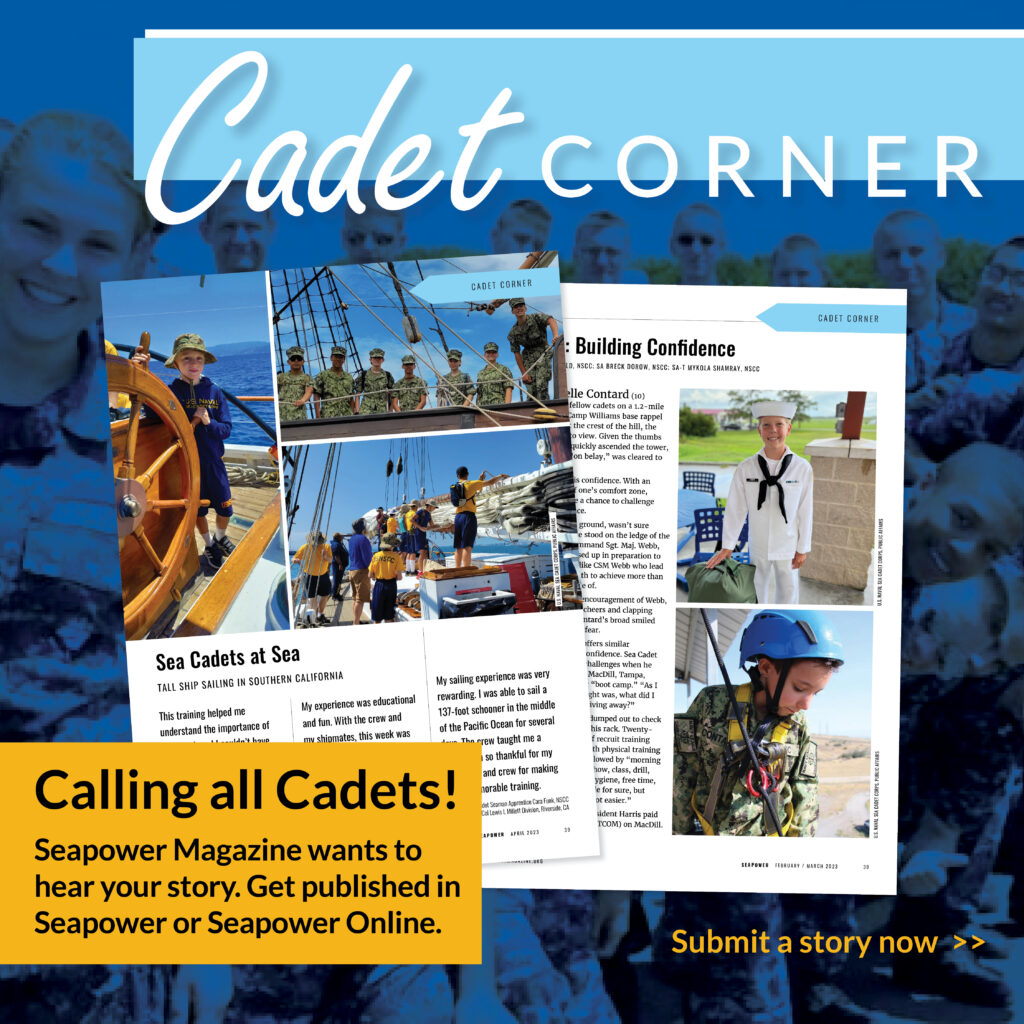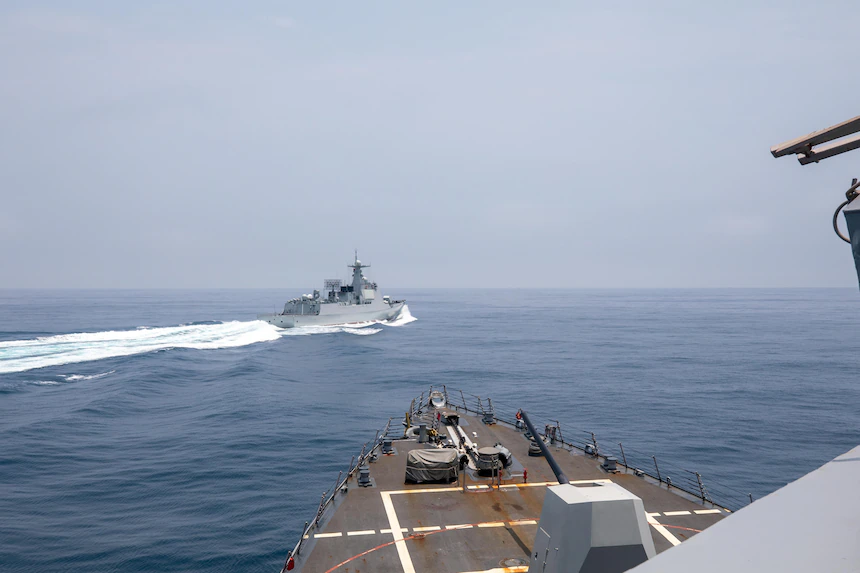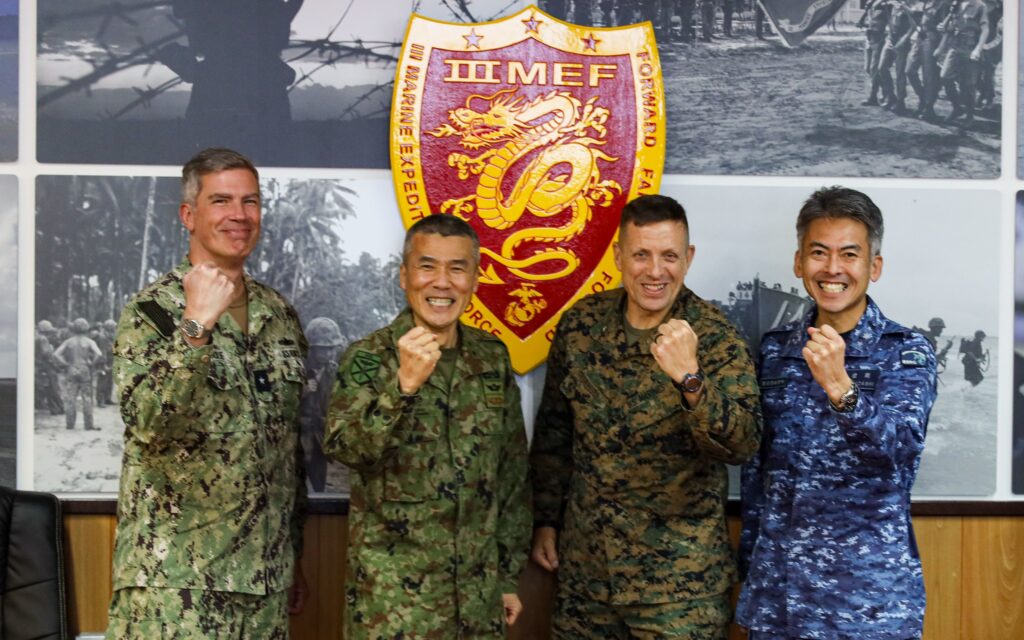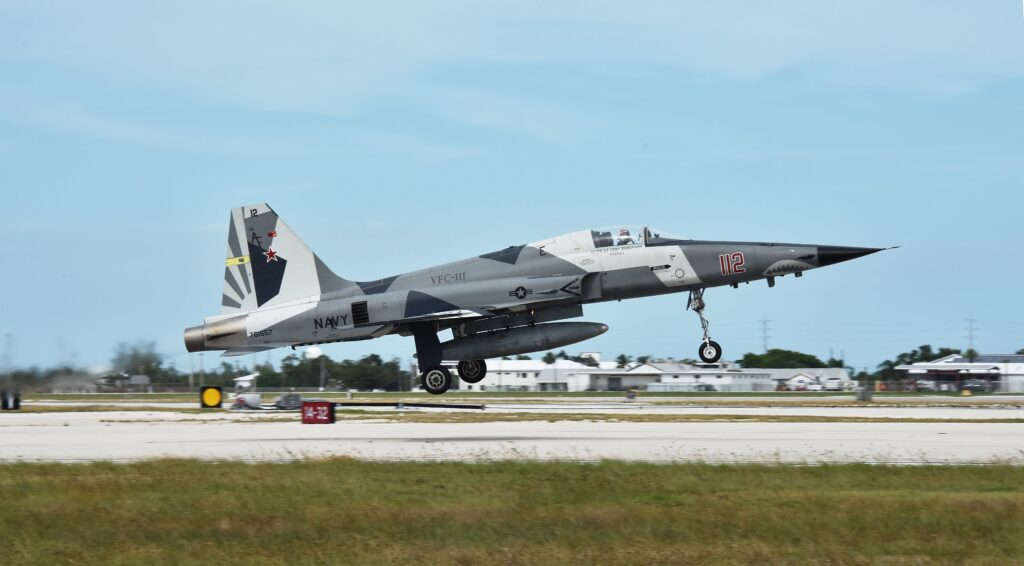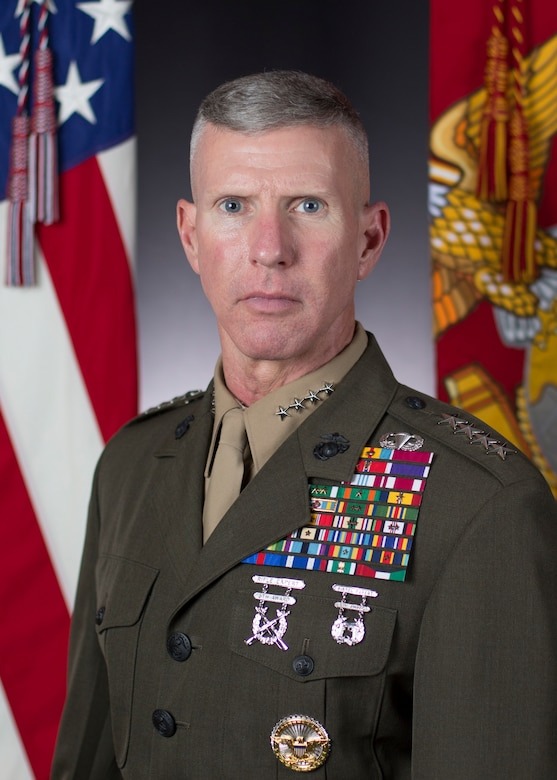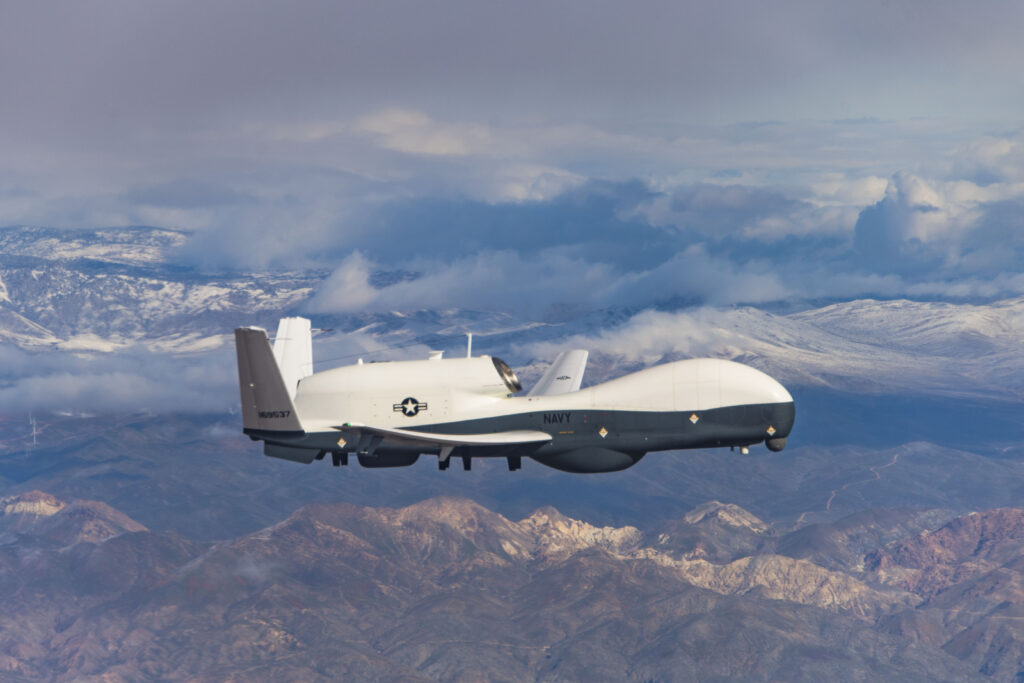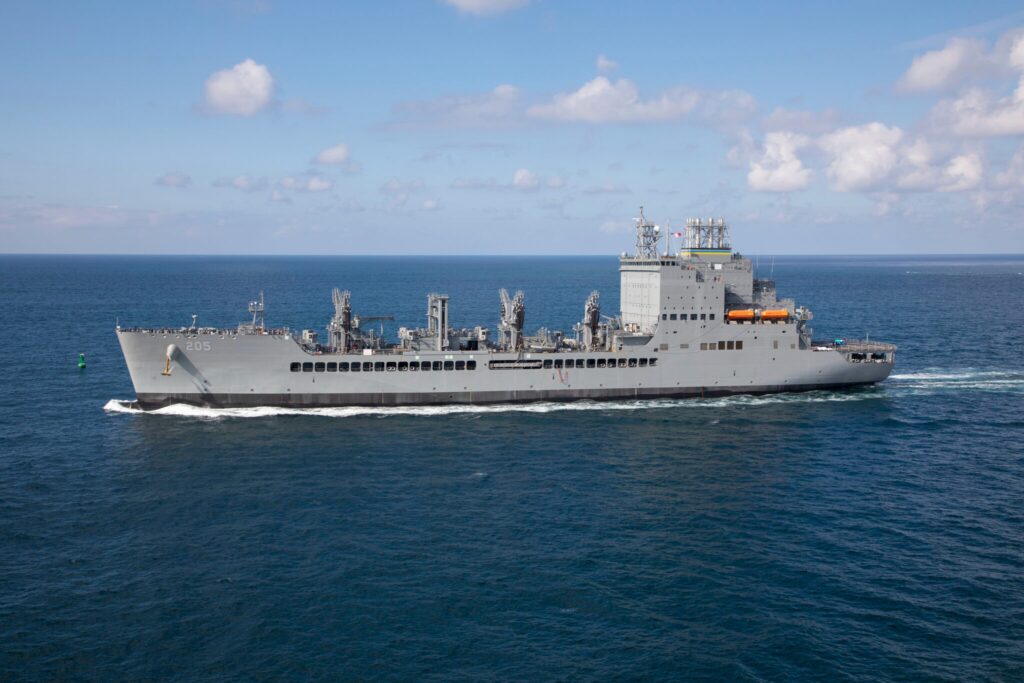CADET CORNER: How Sea Cadets Changed My Life
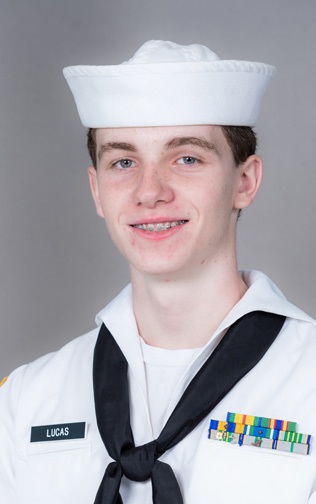
PO2 Cristian, Lucas
For the first couple of years I was apart of the program, I did not accomplish much. I would attend my weekly Saturday drills, spending the day nonchalantly following my staff cadets, as we would perform a near identical POD at each meeting. I would go home without having retained much and then forget about Sea Cadets until Friday evening of the next week. While it was true that we occasionally deviated with various events that helped expand my horizons, I still wouldn’t absorb or even understand too much of what I would experience, and even let some opportunities go to waste.
This was such the case until a couple weeks after I had turned 16, which is when I attended Recruit Training and first connected to the wider Sea Cadet community. Despite having previously attended League Orientation, my RT is when I first began to understand the program and the Navy. It lit a fire in me to pursue greatness within the Corps and opened my eyes, inspiring me to make use of the opportunities offered. In fact, hours after I had graduated I begged my parents to immediately send me another training that took place less than two weeks later; field operations at Green Swamp, FL.
Going to trainings has helped me gain many attributes, such as discipline, cleanliness, obedience, greater physical strength and capability. I have become a practical and orderly person: stricter with myself and now with a greater sense of independence. My experience has enriched me with different varieties of knowledge and practical skills. From Field Operations I gained an understanding of how infantry forces conduct their missions and gained a better perspective of what it means to in combat. During my MAA training, I learned about law enforcement and the ins and outs of radio communication, clearing buildings, and SOP for MAAs. At Seabee training, I physically built a deck with my shipmates giving me not only the practical handy skills that are required to work with my hands but also a greater zeal for teamwork which has improved my interpersonal skillset.
My training at POLA is ultimately what has been the most developmental. Learning about what it means to be a leader and how to navigate its difficulties helped me in everyday life. I began to understand the sacrifices required and how to maintain the relationship between subordinates and those in command.
Returning to my unit the summer after POLA, I received my Petty officer third-class rank. Since I was the only Petty officer at that point and with the previous leadership withdrawing, I was given the position of LPO and ordered to take charge of my unit. I suddenly found myself in a difficult position, with both Officers and Cadets alike looking toward me to lead. This time period would be a trial by fire where my only options were to sink or swim. And although it was stressful, I was able to grow into my role and did not buckle under the pressure. Becoming a petty officer not only improved my leadership skills but also defined me in smaller aspects. I learned how to project authority with confidence but while also maintaining neutrality, and it also has helped me speak more clearly. Calling commands and addressing my cadets refined my voice so that I trip over my words less and convey my intentions with greater effectiveness.
The Sea Cadet program has enriched myself and my life in countless ways and for that I am exceedingly grateful.

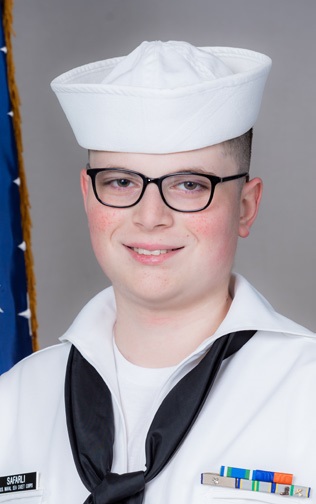
SN Safarli, Jamil
Don’t stop believin’
Participating in the Naval Cadet Corps recruit training in camp Geneva (Fruitland, FL) was undoubtedly one of the most challenging experiences I have had to face in my life. The difficulties I faced from the moment I was assigned to the training till the end taught me valuable life lessons that have stuck with me ever since. Firstly, getting to the training site was an arduous task that took my family four hours. I had to endure a long; difficult drive to the site, which only added to my anxiety. I had never been to the training site before and did not know what to expect.
Flashforward to after the hotel night, I was greeted by a set of unfamiliar faces, which only made me feel more nervous. The next morning, we were up at 4 am, which was not something I was used to. I was already tired from the previous day’s journey, and I did not expect the training to be as intense as it was. However, I quickly realized that the physical training was the best I have ever done.
Despite my tiredness, I pushed myself to the limit and exceeded my expectations. For the next few days, it
took me a while to adjust to the rigorous routine and
the demands of the training. However, as time passed, I found myself becoming more accustomed to the routine, and it became easier to adapt to the environment. The teachings that I experienced during the training were also valuable lessons. I learned that it is essential to keep yourself occupied, even when things seem out of control. I also learned the importance of staying focused on the task at hand and not allowing myself to become distracted by external factors. As the days went by, I began to feel more comfortable with the other recruits, and we started to work together as a team. This experience taught me the value of teamwork and how important it is to rely on others in times of need. I realized that even in the most challenging of situations, it is essential to stay positive and work together to overcome any obstacles.
In conclusion, the Naval Cadet Corps recruit training was an experience that pushed me to my limits and taught me valuable lessons that have stayed with me ever since. From the grueling drive to the site to the early morning wakeups and the intense physical training, I learned the value of perseverance, teamwork, and staying focused on the task at hand. Although it was a difficult experience, I am grateful for the lessons I learned and the memories I made.

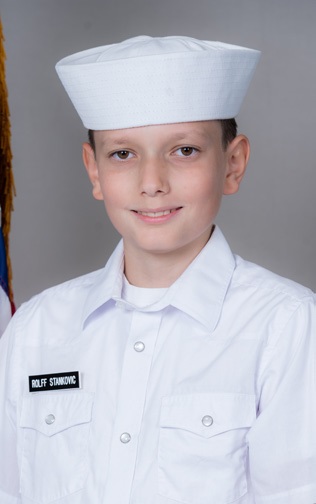
LC3 Rolff Stankovic, Marko
Over the past year, my first with the Sea Cadets, I learned what a Sea Cadet is: The United States Navy Sea Cadets Corps gives its cadets skills, knowledge, and confidence through training. Sea Cadets has made a difference in my life by showing me its core values to strive for – honor, respect, commitment, and service. It has made a difference in my life by giving me the ability to rise to responsibility, enjoy countless adventures, and, most of all, has built my confidence.
Sea Cadets has made a difference in my life by giving me the knowledge and experience to be responsible. Responsibility means doing something you are supposed to do and accepting the results of your actions. In the Sea Cadets program, I am expected to prioritize and accomplish tasks in a timely manner. Some of the ways I must apply the value of responsibility while I am at camp is by being physically ready, taking showers and tidying up my space without command, and being dressed in less than ten minutes.
Sea Cadets has made a difference in my life by giving me many adventures to learn the importance of teamwork and leadership. Some of the adventures focus on teambuilding activities that help me and my friends work together, overcome obstacles, and reach our goals. For example, at Tiger Tails Recreational Center we had rope and aerial challenges to triumph over. Exploring new places like Vizcaya, watching an air show, meeting Navy helicopter pilots, going on a Coast Guard cruiser, touring a destroyer ship, and attending the Seven Seas Gala are just a few of the countless adventures that Sea Cadets has given me. I also learned from the community service activities like beach clean-up and laying down wreaths.
Sea Cadets has made a difference in my life by giving me confidence in myself, my choices, and my actions. The Sea Cadets program has helped me understand that a person’s confidence is one that is built out of a multitude of experiences. Sea Cadets encourages and motivates me to think and act with confidence. The lessons I have learned have made me realize that I can do great things. This confidence can be seen in my academics and personal life too.
Sea Cadets has taught me many useful skills that embody the core values. I pledge to uphold those values by continuing to grow and keeping honor, respect, commitment, and service in mind.

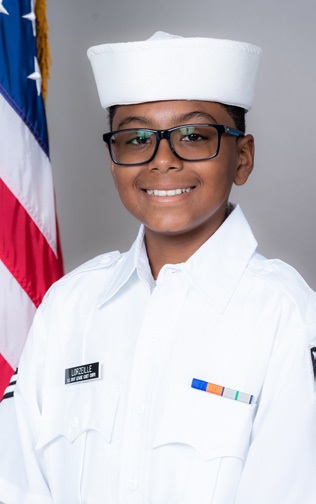
LC2 Lorzeille, Andrew
The United States Naval Sea Cadets Corps. This is the name of the program that changed my life. My name is Andrew Lorzeille, but I am now known as LC2 Lorzeille. This program is only $100 a year, but I went to events that cost more than $500 dollars. The people in my division are not only just people, but they are also my family. We are all one ship, united and strong, with honor, respect, commitment, and service.
To start off, this program offers fun activities that includes team-working skills, cooperation, and friendship. For example, we went to help the community by bringing pumpkins to a Pumpkin Patch. We were all in a line, passing pumpkins down, and working as a team while making new friends. That day was incredibly fun, even though I was starting off as a new cadet, and I did not know anyone. I made great friends and muscles that day. Another example is the Shark-Tagging Event. On that day, we had extreme persistence to tag a shark. We spent about 4 hours trying to lure it, and on the 5th hour, we used teamwork and cooperation to tie it down and tag it. It turned out to be a tiger shark, and when I touched it, it was very rough. Events like these are once-in-a-lifetime and teach great lessons about teamwork, cooperation, and friendship.
In addition, this program has helped me to be a better person by giving me duties, responsibility, and discipline. For example, I went to a three-day camp for training. We were taught survival skills, respect, teamwork, and discipline. We built a shelter out of leaves and sticks, we learned about formations and practiced on it, and overall had an amazing time. Another example is the Seven Seas Gala. I had a huge responsibility for ringing the bell a certain number of times at extremely specific times during a speech. Even though I was nervous on the stage, I felt proud of myself for stepping up to the challenge of having a huge responsibility. After the Seven Seas Gala, people gave me respect for doing an excellent job. This is how the program helped me to be a better person by giving me duties, responsibilities, and discipline.
To summarize, the United States Naval Sea Cadets Corps has changed my life in many positive ways. It has given me once-in-a-lifetime events, teamwork skills, friendship, responsibility, and discipline. I learned many survival skills and feel very proud of being part of The USS Fort Lauderdale Division. My name is LC2 Lorzeille, what are you doing today?

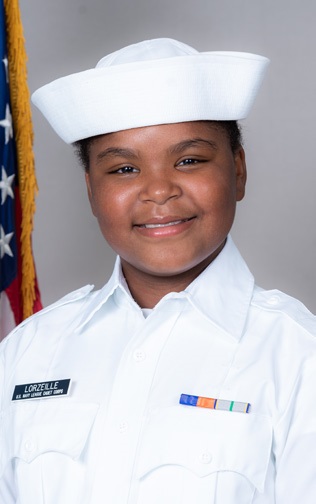
LC2 Lorzeille, Sophia
The program that has changed my life is called the United States Naval Sea Cadets Corps, USS Fort Lauderdale Division. Everyone in the program is very friendly. This youth program has impacted my life in many positive ways!
To begin with, this program helps me understand
and practice the four core values of the Sea Cadets Organization which are: honor, respect, commitment, and service. For example, if the person in command yells “EARS”! This means that everyone is supposed to be listening. It can sometimes be unexpected. At other times, the command must repeat themselves because cadets are still talking. I am learning how to be more disciplined and respectful.
In addition, every Saturday I have a lot of fun. For instance, I have gone to some swimming events including a Shark Tagging Event! Outstanding! The shark looked so big. He was 12 feet long! I also went to meet the Blue Angels in person. I saw the Blue Angels jets and they were cool to look at and meeting the pilots was exciting, but I was nervous, too. During the Mini Recruit Training, I enjoyed sleeping over in the cabins with my friends and going to the beach the next day. Also, as I will continue to grow with the program, my confidence will become sky-high.
In conclusion, the Navy Sea Cadets Corps program has improved my life a lot over this past year. Its four core values will shape my future as an individual. I love the program and the challenges of every Saturday.
Submit a Story
